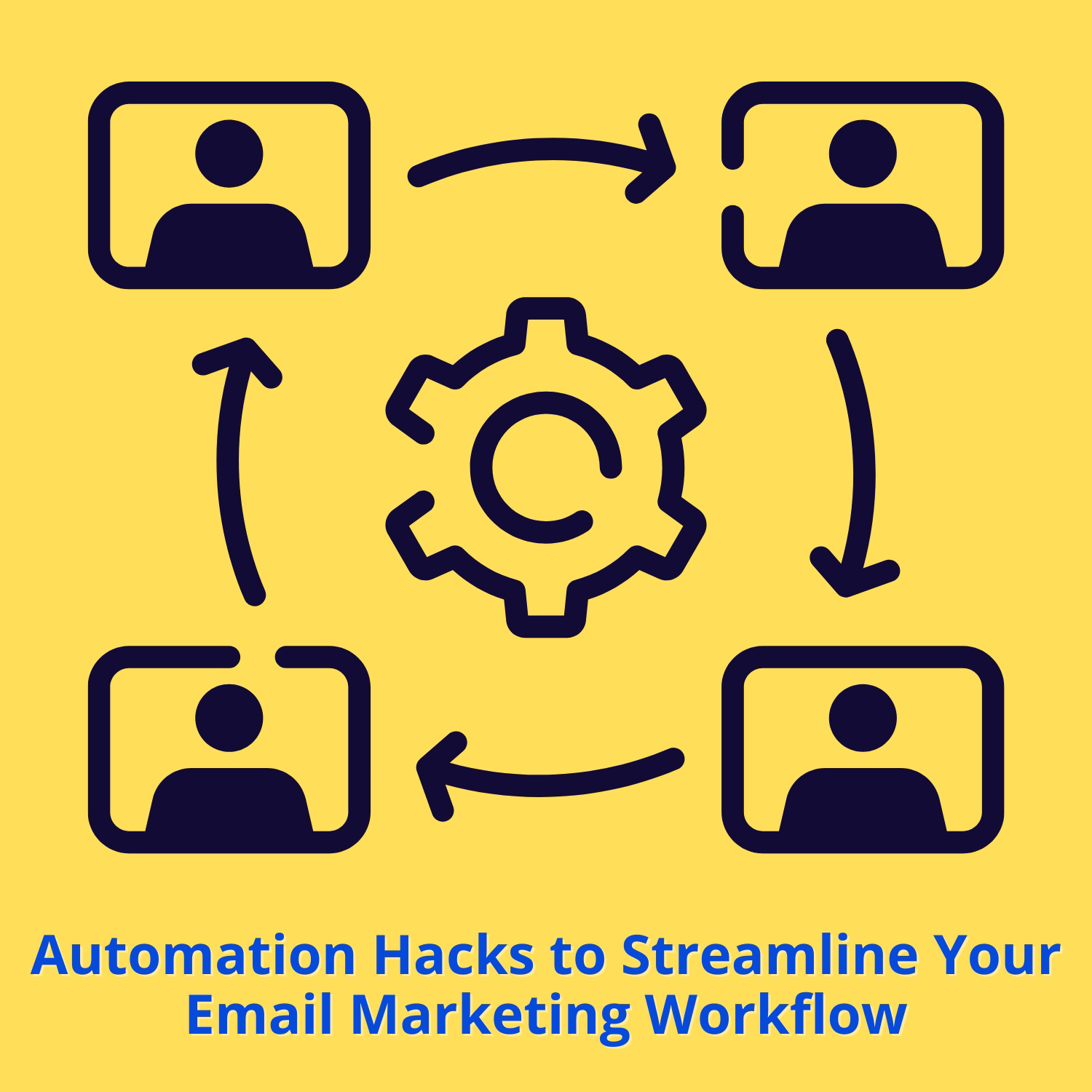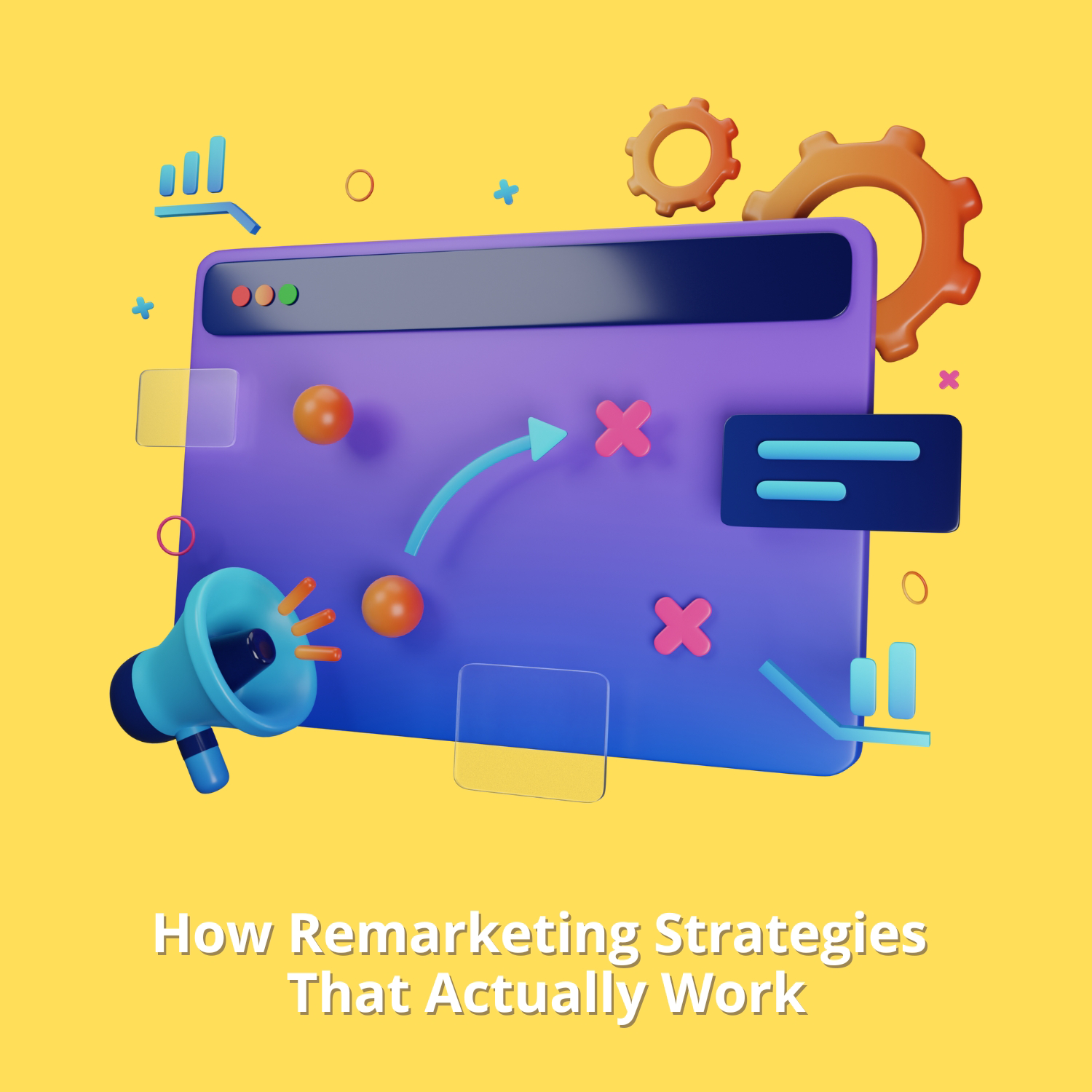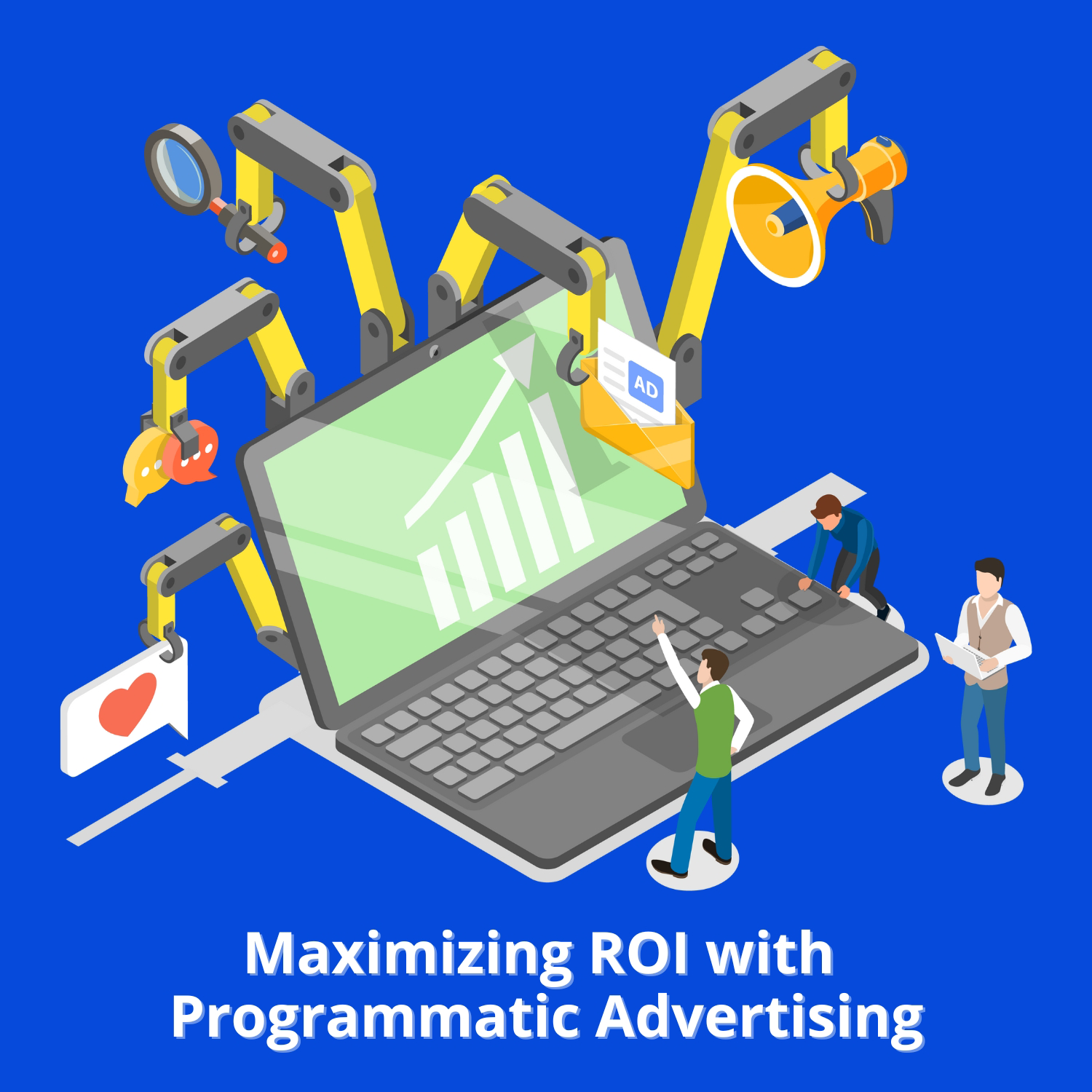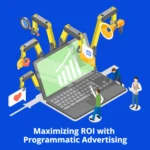Remarketing Strategies That Actually Work
Remarketing, also known as retargeting, is one of the most effective strategies for converting potential customers who have interacted with your brand but haven’t yet made a purchase. By strategically targeting these users with customized ads, businesses can remind them of their initial interest and encourage them to complete the desired action. Remarketing is an incredibly powerful tool when used correctly, helping businesses maximize their return on investment (ROI) and increase conversions.
In this blog post, we’ll explore the importance of remarketing, effective remarketing strategies, and how to implement them to drive real results. Whether you are a small business or a large enterprise, these tactics can help you turn window-shoppers into loyal customers.
What is Remarketing?
Remarketing refers to the practice of showing targeted ads to people who have already interacted with your website, app, or digital content but did not take a desired action, such as making a purchase or filling out a contact form. Remarketing works by tracking website visitors through cookies and then displaying ads to them across various platforms like Google, Facebook, or other display networks. This keeps your brand in front of users and encourages them to return and complete their transaction or engage further with your content.
Remarketing is highly effective because it targets individuals who have already expressed interest in your brand. These users are more likely to convert compared to cold audiences, making remarketing a key strategy in any digital marketing campaign.
Why Remarketing Works
Remarketing is successful for several reasons:
- Increased Visibility: By repeatedly showing ads to users who have visited your website, remarketing keeps your brand top of mind, ensuring that when they are ready to make a purchase, they think of you first.
- Higher Conversion Rates: People who have already interacted with your website are more likely to convert because they have already shown interest in your product or service. Remarketing helps reinforce that interest and encourages them to follow through.
- Cost-Effective: Remarketing tends to have lower costs per conversion than targeting cold audiences because you’re targeting people who are already familiar with your brand.
- Better Targeting: With remarketing, you can segment your audience based on their interactions with your brand, allowing for more precise ad targeting. This ensures your ads are relevant and timely.
Remarketing Strategies That Actually Work
While remarketing is effective on its own, combining it with the right strategies can elevate your results even further. Let’s dive into the most effective remarketing strategies that can help you maximize your ROI and boost conversions.
1. Segment Your Audience Based on Behavior
Not all website visitors are the same. Some might have just casually browsed your site, while others might have added items to their cart but left without completing the purchase. To create a highly effective remarketing campaign, you must segment your audience based on their behavior and tailor your ads accordingly.
Common segments to target in a remarketing campaign include:
- Visitors who viewed specific pages: If someone visited your product page but didn’t make a purchase, target them with ads showcasing the same product or related items.
- Cart abandoners: If someone added items to their cart but didn’t complete the purchase, target them with a reminder ad that includes a special offer or incentive (e.g., free shipping, a discount).
- Visitors who interacted with your content: If someone downloaded an eBook, watched a video, or filled out a form on your site, remarketing ads can help bring them back to convert.
- Frequent visitors: If a user visits your website multiple times, they may be highly interested in your offerings. Target them with ads that push them toward making a final decision.
2. Use Dynamic Remarketing to Show Personalized Ads
Dynamic remarketing takes personalization to the next level by showing users ads for products or services they’ve previously viewed or interacted with. This strategy is particularly effective for e-commerce businesses, as it allows you to display ads for the exact items a user looked at or added to their cart.
Dynamic ads are powered by real-time data and can be updated automatically to reflect a user’s most recent interactions with your site. This means users see more relevant ads that are tailored to their needs and interests, which significantly increases the likelihood of conversion.
3. Set Frequency Caps to Avoid Ad Fatigue
While remarketing is highly effective, showing the same ad to users too often can lead to ad fatigue, causing them to become annoyed and potentially ignore your ads altogether. To prevent this, it’s important to set frequency caps, which limit how many times a user sees your ad within a specific time period.
For example, you can set a frequency cap that limits a user to seeing your ad only five times within a week. This helps keep your ads fresh and prevents users from feeling overwhelmed by repetitive messaging, while still maintaining visibility and increasing the chances of conversion.
4. Utilize Cross-Platform Remarketing
Remarketing isn’t limited to just one platform. To maximize the impact of your remarketing campaigns, it’s important to utilize cross-platform remarketing. This means showing your ads across multiple platforms where your target audience is active, such as Google, Facebook, Instagram, LinkedIn, and even YouTube.
By reaching users across different channels, you increase the chances of them seeing your ads at the right moment and in the right context. For example, someone may have visited your site on desktop but continue browsing on their mobile device later. With cross-platform remarketing, you can ensure that the same user sees your ads on all devices, leading to a higher chance of conversion.
5. Use Time-Based Remarketing
Timing is critical in remarketing. People’s behaviors change over time, and a user who didn’t convert during their first visit to your site may be more likely to convert later on. Time-based remarketing allows you to create different ads and campaigns depending on how long it’s been since a user interacted with your site.
Here are a few common time-based strategies to consider:
- Immediate remarketing: Target users within the first 24 hours of their visit to your site with a reminder ad.
- Long-term remarketing: For visitors who haven’t converted within a few weeks or months, consider offering them a discount or a special offer to entice them back.
- Seasonal remarketing: Remind past visitors about your products or services during peak shopping seasons, such as Black Friday or the holiday season.
6. Offer Incentives to Encourage Conversions
One of the most effective ways to boost conversions with remarketing is by offering incentives. This could be in the form of discounts, free shipping, limited-time offers, or exclusive content. The key is to make the offer compelling enough to encourage users to take action.
For example, if a user abandoned their cart, a remarketing ad could include a time-sensitive discount or free shipping to encourage them to complete the purchase. Providing value in this way can make users feel like they’re getting something extra, making them more likely to convert.
7. Test and Optimize Your Remarketing Campaigns
Like any digital marketing strategy, remarketing requires constant testing and optimization. To get the best results, you should test different ad creatives, messaging, offers, and audience segments. A/B testing can help you identify which ads are performing best, and allow you to make data-driven decisions about where to allocate your ad spend.
Key elements to test include:
- Ad creative: Test different images, copy, and calls to action (CTAs) to see which resonate most with your audience.
- Audience segmentation: Experiment with different audience segments and behaviors to determine which group is most likely to convert.
- Landing pages: Ensure that the landing pages users are directed to after clicking on your remarketing ads are relevant, engaging, and optimized for conversions.
Conclusion
Remarketing is one of the most powerful tools in digital advertising. By strategically targeting users who have already interacted with your brand, you can increase visibility, boost conversion rates, and maximize ROI. However, to make the most of remarketing, it’s important to implement the right strategies, such as audience segmentation, dynamic remarketing, and time-based campaigns.










